China’s Chang’e-6 lunar mission has made a successful landing on the far side and is currently busy collecting samples to be sent back to Earth.
The first set of data was transmitted from the Chang’e 6 descent-ascent combination upon its arrival on Sunday morning (Beijing Time). The landing was assisted by China’s newly positioned Queqiao-2 relay satellite to provide a stable communications link with mission controllers on Earth.
Chang’e 6’s landing-ascent combination made a soft landing in the South Pole-Aitken (SPA) Basin, an impact crater known as Apollo Basin located within the SPA Basin.
Relating to: Watch China’s Chang’e 6 probe land on the far side of the moon in dramatic video
landing process
A six-stage landing process enabled the vehicle’s soft landing: deceleration, rapid adjustment, approach, hover, obstacle avoidance, and slow descent. These phases collectively spanned a period of approximately 900 seconds.
The deceleration occurred about 10 miles (16 kilometers) from the lunar surface; adjusted the angle of the probe, making it nearly perpendicular to the surface.
During landing, an autonomous visual obstacle avoidance system was used to automatically detect obstacles; A visible-light camera selected a relatively safe landing site based on the brightness and darkness of the lunar surface.
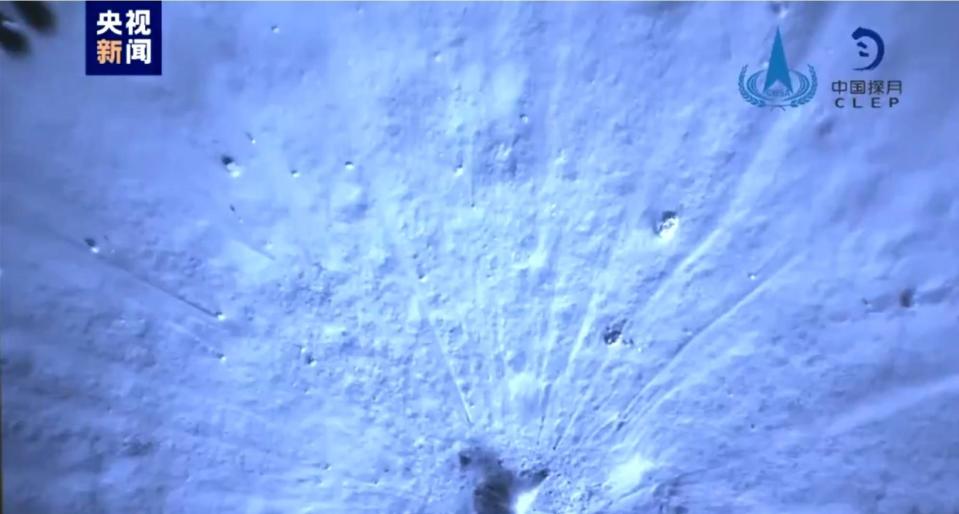
unblocking
Reaching 2 to 3 kilometers from the lunar surface, the probe entered the approach phase and its optical sensors began scanning the landing area for obstacles.
The probe then entered the hover phase as it moved closer to the moon; The sensors worked to scan the surface and quickly select a suitable area for all four legs to land on a flat surface while avoiding obstacles.
At 100 feet (30 meters) above the lunar surface, the probe entered its final descent phase and its descent rate was reduced to 4.5 miles per hour (two meters per second) until it made a soft landing.
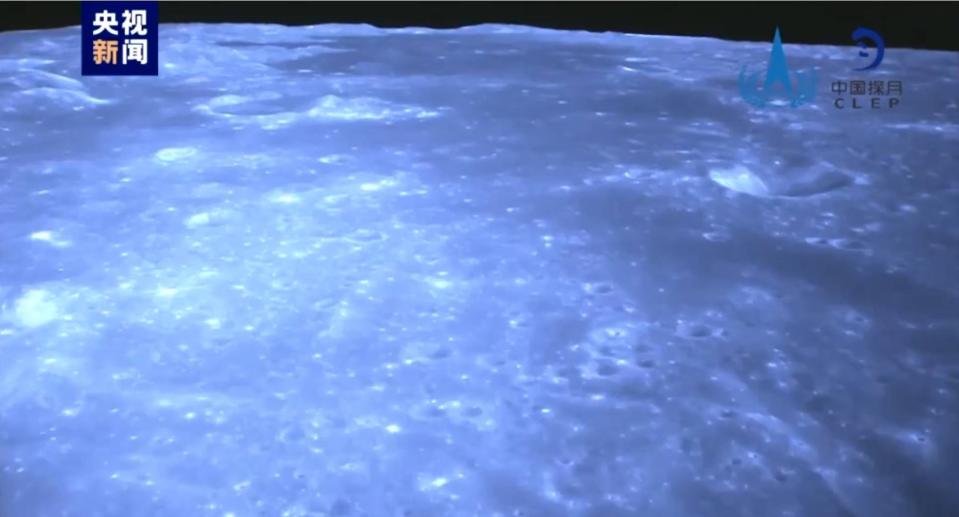

“So far, the entire lunar landing process is very smooth and successful. The power reduction control is relatively accurate and the relay connection is uninterrupted. Moreover, the landing is smooth and stable. The ideal landing location creates a suitable environment for subsequent lunar samples” from the Beijing Aerospace Control Center Li Xiaoning, an engineer, said during an interview with China Central Television (CCTV).
Chinese space observer Seger YU suggests on
Quick sampling
Chinese space officials stated that the Chang’e-6 mission aims to realize basic technologies such as take-off and ascent from the far side of the moon, as well as intelligent and rapid sampling.
“The mission is extremely challenging, primarily due to the need to establish relay communications between the Earth and the far side of the Moon,” Li said. “We launched the Queqiao-2 relay satellite in the early stages and provided the necessary communications support for soft landing and sampling on the far side.”
Ge Ping, deputy director of the Lunar Exploration and Space Engineering Center at the China National Space Administration (CNSA), added: “We have adopted rapid intelligent sampling and launch and ascent from the lunar surface, which lays a solid foundation for technologies such as soft landing and sampling on extraterrestrial objects.” .”
As these skills develop in the coming years, they are expected to be reflected in China’s Mars sample return initiative.
significant challenge
The Chang’e-6 lander, which is currently working intensively, is planned to complete its lunar sampling missions within two days. To do this, the spacecraft has two methods of collecting samples from the moon: using a drill to capture samples underground and capturing samples on the surface with a robotic arm.
The extraction site in the SPA Basin is expected to provide unique scientific data; The far side has suffered a longer impact history, indicating an older geological age for in-depth investigation. Additionally, the landing area and the flatness of the terrain offer communication and telemetry conditions to accomplish the mission.
“For the first time in human history, lunar samples are being taken from the far side of the moon,” Chinese Academy of Sciences academic Ye Peijian told CCTV.
“If Chinese scientists manage to obtain lunar regolith samples from the far side, there will be a lot of technological achievements. This represents a significant advance for us, but also poses a significant challenge,” Ye added.
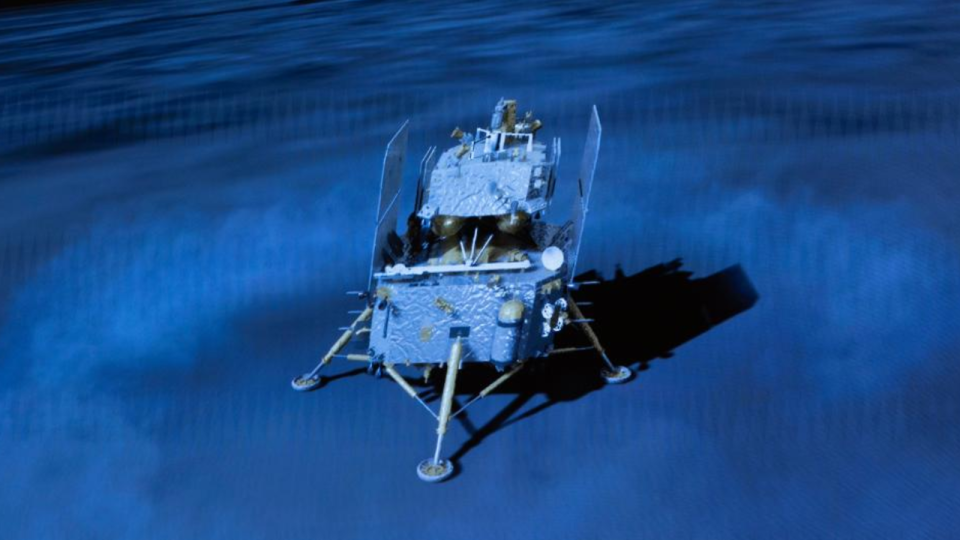

Landing/sampling area
Chang’e-6 carries instruments that will facilitate scientific research.
Zuo Wei, chief engineer of the Chang’e-6 mission, told CCTV that one of these three devices is a foreground camera that captures high-resolution images of the landing and sampling sites.
Another is the mineral spectral analyzer, which obtains spectral data from the sampling area to help analyze mineral composition, Zuo said.
Another device, Zuo explained, is the structural detector placed under the lander, which detects the structure of the soil beneath the lunar surface and provides information for further drilling and sampling procedures.
International cargo
Additionally, the lander carries several international payloads, including a detector from France, a lunar surface negative ion analyzer from the European Space Agency (ESA), and a laser angle reflector from Italy.
Detection of Outgassing Radon (DORN), the first French-made instrument to land on the moon, is dedicated to measuring radioactive radon gas on the lunar surface.
The lunar surface negative ion analyzer developed by ESA/Sweden will be used to detect negative ions and study the interaction between the plasma and the lunar surface.
The laser retroreflector developed by Italian scientists will be used for positioning and distance measurement in future lunar missions.
In addition to scientific instruments from European countries, the probe also carried a cubesat known as ICUBE-Q from Pakistan, which left Chang’e-6 orbit on May 8 to conduct exploration activities such as capturing images of the moon. .
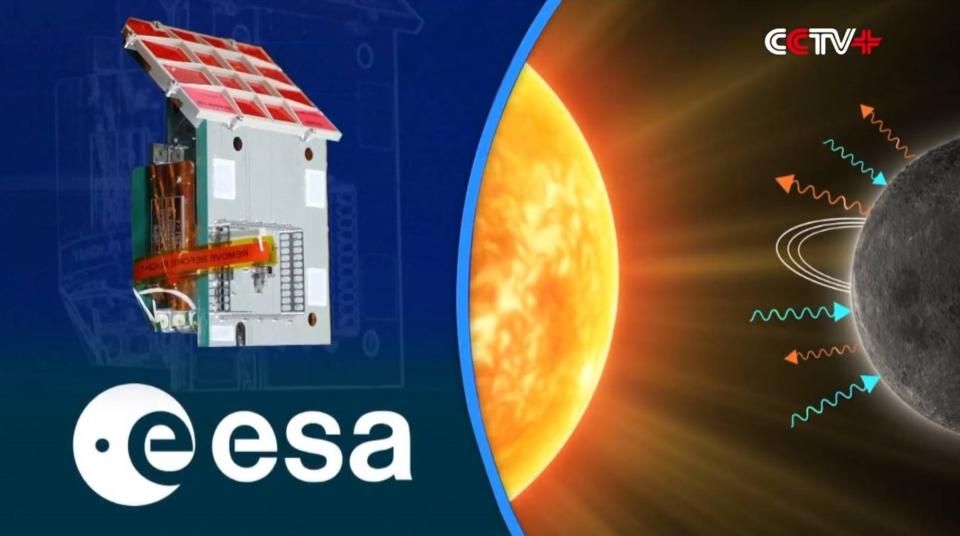

“Examples are in our pocket”
The multi-component Chang’e-6 mission consists of an orbiter, a return vehicle, a lander and an ascent vehicle.
Since the mission departed China on May 3, Earth-moon transfers, near-lunar interception, lunar orbit, and descent landings have been performed. The China National Space Agency (CNSA) said the lander-ascender combination separated from the orbiter-return combination on May 30.
“Drilling and collection work is nearing its end,” said Ren Depeng, an aerospace expert from China Aerospace Science and Technology Corporation (CASC).
“We now have samples and the last thing we need to do is put the samples in our pockets. We can say that the drilling and collection operations are going smoothly,” Ren told CCTV.
Journey from the Moon to the Earth
Following Chang’e-6’s drilling and sample collection missions, the probe will seal all samples before the ascent device prepares for liftoff.
Ren added that the ascending device will then launch from the lunar surface, connect to the returner combination waiting in orbit, and transfer the collected samples to the returner combination.
This combination will conduct a journey from the Moon to Earth and send samples back to Earth by parachute, with a landing now targeted for June 25 (Beijing Time).
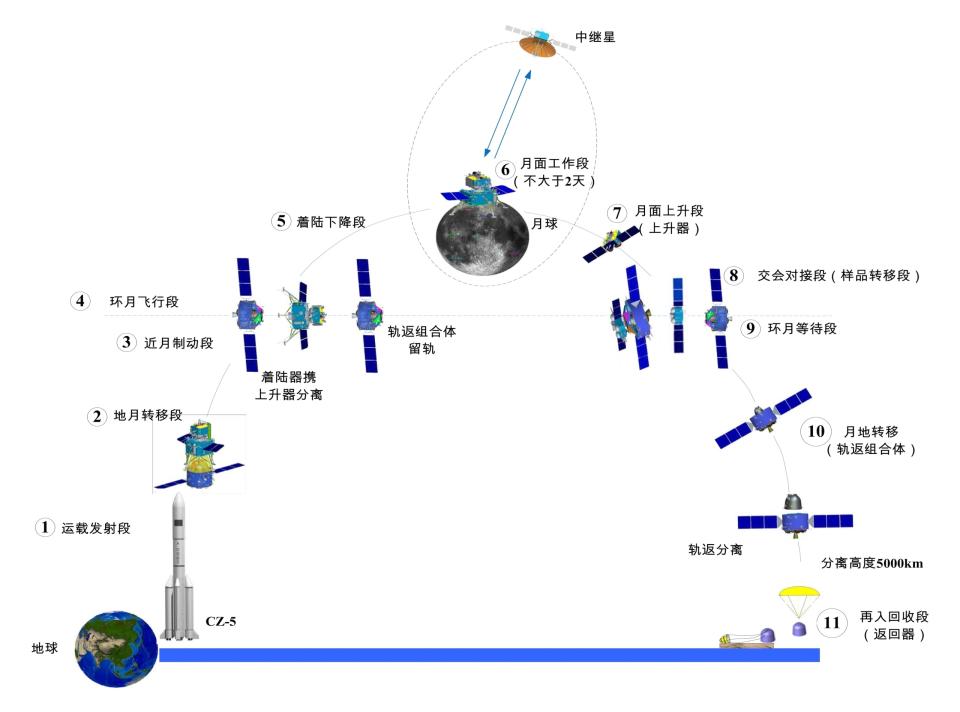

Samples taken from Earth will be transported to a lunar laboratory in Beijing for analysis. Far-side samples must be identified and documented before the publication of the Chang’e-6 sample catalogue.
The Chang’e 6 mission profile is essentially the same as China’s Chang’e 5 robotic lunar mission in late 2020. Earlier efforts returned 1,731 grams of lunar material from Northern Oceanus Procellarum, near a massive volcanic complex called Mons Rümker located in the Moon’s northwest. The side of the car closest to the road.
amazing success
According to Jim Head, lunar exploration officer at Brown University, Chang’e 6’s landing and sampling operations represent a spectacular success.
Head noted that China made the first successful landing on the far side of the moon with its previous Chang’e 4 mission, followed by surface operations with the deployed Yutu-2 rover.
With the help of the Queqiao-1 far-side relay satellite, the Chang’e 4 mission accomplished two very difficult missions five years ago in 2019, Head said.
“Now, with the help of the new Queqiao-2 far-side communications satellite, China has successfully landed the sample return spacecraft, named Chang’e 6, in the Apollo basin in the massive South Pole-Aitken basin, which is of intense scientific interest and importance,” said Head Inside Outer Space ‘to.
Mission critical steps
RELATED STORIES:
— Here’s what China’s first moon landing with astronauts might look like (video)
— Why is the far side of the moon so strange? Scientists may have solved the mystery of the moon
— China launches Chang’e 6 sample return mission to far side of moon (video)
The successful return and analysis of these samples, which are currently in the collection and stacking phase, “will help answer fundamental age-old questions about the many differences between the near and far side of the Moon and what they mean about the Moon’s origin and evolution,” Head said. “It will happen,” he said. moon.”
The return of lunar samples from the near side of the moon by China’s Chang’e-5 mission in 2020, followed by a successful landing on the far side of the moon by the Chang’e-6 sample return mission, helps streamline future projects. Head recommended.
“This is clearly a very important exercise for Chinese engineers and operations personnel, as each step of these missions replicates important and critical steps in China’s plans to land taikonauts on the moon and robotically return samples from Mars,” Head said.